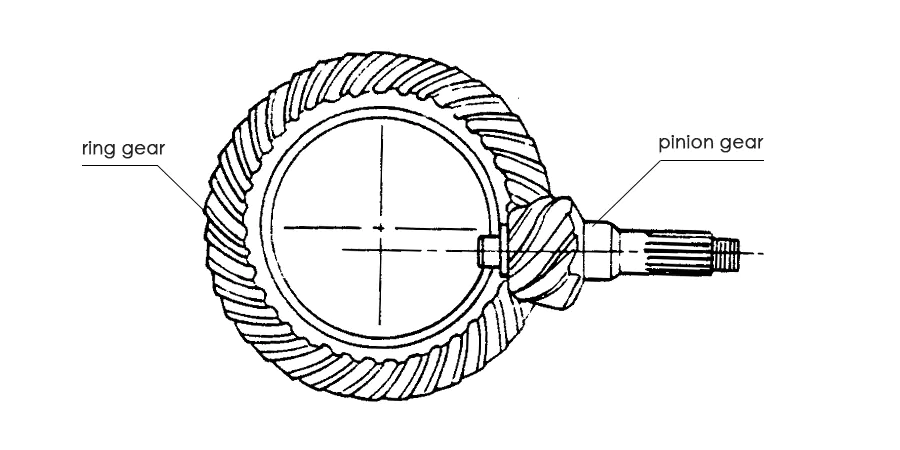
What Is the Ring and Pinion Gear Ratio?
Why Gear Ratio Matters
How Ring and Pinion Ratios Affect Performance
Acceleration and Torque:
Vehicles with higher gear ratios deliver more torque to the wheels, making them ideal for heavy loads or quick starts. This is especially useful for trucks, SUVs, and off-roaders climbing steep trails.Fuel Efficiency:
A lower gear ratio reduces engine RPM at cruising speeds, improving fuel economy for highway driving. However, it may sacrifice power when towing or tackling hills.Adjusting for Larger Tires:
Adding larger tires increases the wheel’s rolling circumference, which can negatively affect torque and acceleration. Regearing to a higher ratio compensates for this change, restoring lost performance.
When to Consider Regearing
Common Ring and Pinion Gear Ratios
Different vehicles come with factory-installed gear ratios optimized for their intended use. Common ratios include:
- 3.42:1: Popular for daily drivers and light-duty trucks, balancing fuel efficiency and moderate power.
- 3.73:1: A versatile choice for light off-roading and towing.
- 4.10:1: Ideal for off-road vehicles and heavy-duty towing.
When upgrading, consult with a professional or use online calculators to determine the best ratio for your vehicle.



